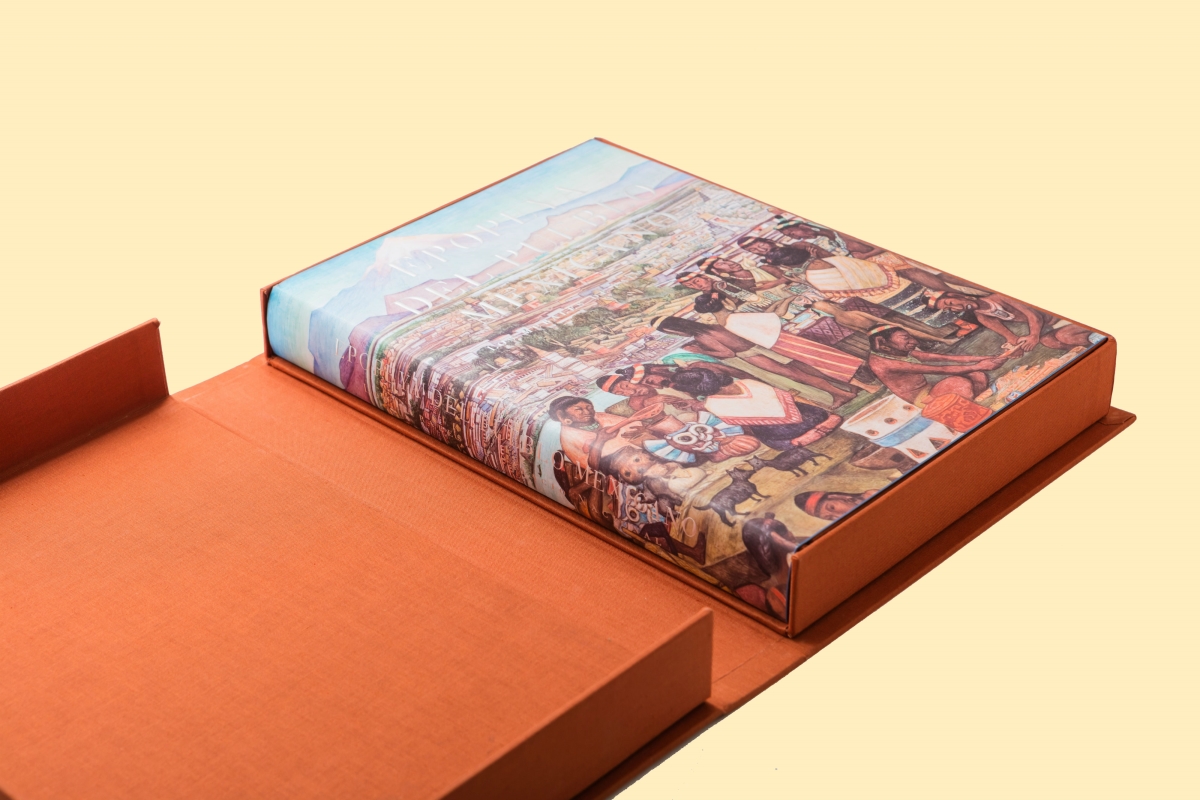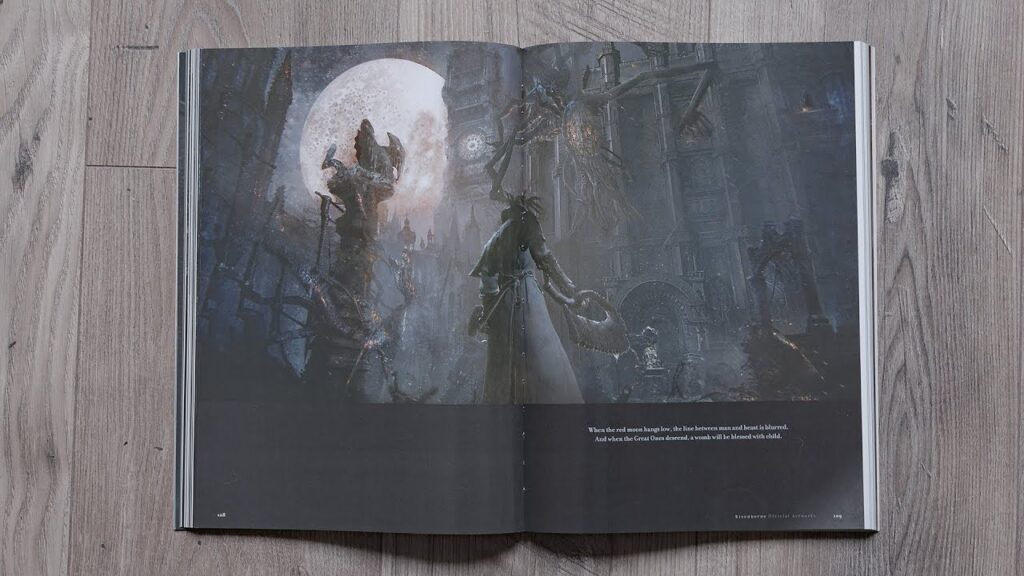The Detailed Checklist for Printing a Successful art book
The Detailed Checklist for Printing a Successful art book
Blog Article
Discover the Important Guide to Art Book Printing for Aspiring Artists and Publishers
As an aspiring artist or publisher, understanding the nuances of art book printing is crucial to bringing your vision to life. What are the crucial elements you should focus on to develop a magnificent art book that truly represents your job?
Comprehending Various Kinds Of Art Books
When you plunge right into the world of art publications, you'll quickly discover that they are available in different types, each tailored to different artistic expressions and audiences. Coffee table publications commonly display stunning visuals, excellent for informal browsing, while essays dive deep right into a specific artist's job, offering context and insights. If you have an interest in certain art activities, exhibit magazines offer thorough documents of shows, including essays and reviews.
For training functions, art guidebooks and method books direct you via various mediums and styles, making them vital for striving musicians. Each format offers its objective, and understanding their differences can boost your art book trip.
Picking the Right Paper and Materials
Picking the best paper and products can greatly affect the general high quality and feeling of your art book. For dynamic shades and detailed information, choose for a shiny coating or a heavyweight matte paper that enhances aesthetic depth.
Think of the weight of the paper, too. Thicker alternatives frequently offer an even more expert appearance, while lighter papers can decrease printing costs. Don't fail to remember concerning the binding materials; a tough cover can shield your web pages and contribute to guide's aesthetic.
Ultimately, take into consideration sustainability. Environment-friendly alternatives are obtaining popularity and can show your values as a musician. By carefully selecting your paper and materials, you'll ensure that your art book not only looks excellent but also really feels unique in the hands of your readers.

Picking the most effective Printing Strategies
When it involves publishing your art book, selecting between offset and electronic printing can considerably affect your end product. You'll also want to take right into account exactly how paper quality affects the general look of your art work. Allow's check out these vital printing strategies to discover the ideal suitable for your job.
Countered vs. Digital Printing
While both balanced out and digital printing have their advantages, choosing the right strategy for your art book can considerably affect the final product. Offset printing supplies top quality photos and vibrant colors, making it perfect for larger print runs. If you're aiming to generate hundreds or countless duplicates, balance out will offer you constant results and lower per-unit prices. On the various other hand, digital printing stands out for smaller quantities and quicker turn-around times. It permits easy personalization, allowing you to publish distinct duplicates without added arrangement costs. Consider your spending plan, timeline, and the volume of your job. Inevitably, your choice should line up with your creative vision and distribution method, guaranteeing that your art book reflects the top quality you want.
Paper High Quality Considerations
Selecting the right paper high quality can substantially improve the visual appeal and responsive experience of your art book. Start by thinking about the weight and texture of the paper. Much heavier paper usually feels even more glamorous and can better showcase lively colors and detailed information. For prints, a glossy finish can make pictures pop, while a matte coating provides a softer, extra subtle appearance. Do not ignore the paper's illumination; brighter sheets can boost color precision and contrast.
Following, think concerning the sustainability of your choice. Environmentally friendly options are becoming increasingly popular and can attract environmentally-conscious visitors. Demand examples to see how various papers work with your art work, making sure the final product shows your vision perfectly.
Making Sure Shade Accuracy in Your Prints
To achieve magnificent prints, you need to concentrate on color precision from the begin. You'll wish to use shade calibration strategies to validate your monitor and printer remain in sync. In addition, proofing your work prior to the final print run can aid capture any type of disparities, assuring your art looks equally as you imagined.
Color Calibration Methods
Ensuring color precision in your prints begins with reliable shade calibration techniques that help keep consistency in between your digital photos and last printed items. Next, select a shade profile matched for your printing process, like CMYK for print products. By constantly applying these methods, you'll boost the total high quality of your art prints and far better communicate your creative vision.
Proofing for Accuracy
While you could believe your digital photos are all set for print, proofing is crucial for achieving color accuracy. Before dedicating to a complete print run, constantly ask for a proof from your printer.
If modifications are required, communicate clearly with your printer regarding your desired outcomes. Do not be reluctant to request several evidence if necessary; it's worth the investment to get it. Eventually, detailed proofing assurances that your artwork is stood for as you imagined it, maintaining your imaginative integrity throughout the printing process.

Creating Layouts That Enhance Your Artwork
When you create layouts for your art book, it's crucial to contemplate exactly how each component connects with your artwork. Go for an equilibrium in between visuals and text, guaranteeing neither eclipses the various other. Usage white space strategically; it offers your artwork area to breathe and attracts attention to its information.
Think about the circulation of your book. Organize images in a method that guides the viewers's eye, creating a story or thematic development. art book. Vary the dimensions and alignments of your artwork to keep the format dynamic and fascinating
Select font styles that complement your artwork without sidetracking from it. Maintain message succinct and pertinent, offering context or understanding that enhances the viewer's experience.
Lastly, test various formats. Print samples to see just how the designs equate theoretically, and change as required. By thoughtfully designing your designs, you'll produce a visually interesting art book that reverberates with your target market.
Binding Choices for an Expert Complete
Selecting the right pop over to these guys binding alternative can substantially impact the overall presentation of your art book. You'll desire to think about both appearances and durability when making your selection. Popular options consist of ideal binding, which supplies a sleek look and is perfect for thicker books; saddle sewing, suitable for smaller brochures; and spiral binding, which allows pages to lay level for easy viewing.
If you're aiming for a premium feel, instance binding is an outstanding selection, offering a tough cover and a professional appearance (art book). Don't fail to remember about the cover material; options like cloth, natural leather, or a glossy coating can elevate your book's charm
Whatever choice you pick, make certain it enhances your art work and improves the visitor's experience. Take official statement your time to consider the advantages and disadvantages of each approach, so your end product shows the high quality of your innovative vision.
Preparing Your Apply For Publish Readiness
To assure your art book is print-ready, you'll require to pay attention to file prep work. Begin by establishing your document size to match your desired print measurements. Use high-resolution images-- 300 DPI is the standard-- to establish sharp, dynamic visuals. Transform your files to CMYK setting, as this shade space is best for printing. Do not neglect to consist of hemorrhage locations, usually an additional 0.125 inches around your pages, to avoid any kind of white sides after cutting.
Consider developing a proof to evaluate prior to the final print run. Following these steps will certainly help you attain a refined, expert art book.
Often Asked Questions
What Is the Typical Cost of Publishing an Art Book?
The standard expense of printing an art book varies, yet you can expect to pay anywhere from $5 to $20 per duplicate, depending on elements like dimension, paper quality, and printing quantity.
Just How Can I Find a Reliable Printing Firm?
To find a dependable printing company, start by looking into online testimonials and asking fellow artists for referrals. Compare quotes, inspect profiles, and over here interact your needs plainly to ensure they comprehend your vision and quality assumptions.
What Is the Normal Turnaround Time for Printing?
The typical turn-around time for printing differs but typically varies from one to four weeks. Elements like task intricacy and volume can impact this. Constantly confirm with your picked printer for specific timelines and expectations.
Can I Print My Art Book in Limited Quantities?
Yes, you can certainly publish your art book in limited amounts. Many printing business offer short-run alternatives, permitting you to generate simply the number you require, making it less complicated to take care of prices and supply.
What Lawful Factors To Consider Should I Know for My Art Book?
You should think about copyright, licensing agreements, and model launches when developing your art book. Make particular you have the right to utilize all photos and text, shielding on your own from prospective legal issues later on.
Report this page